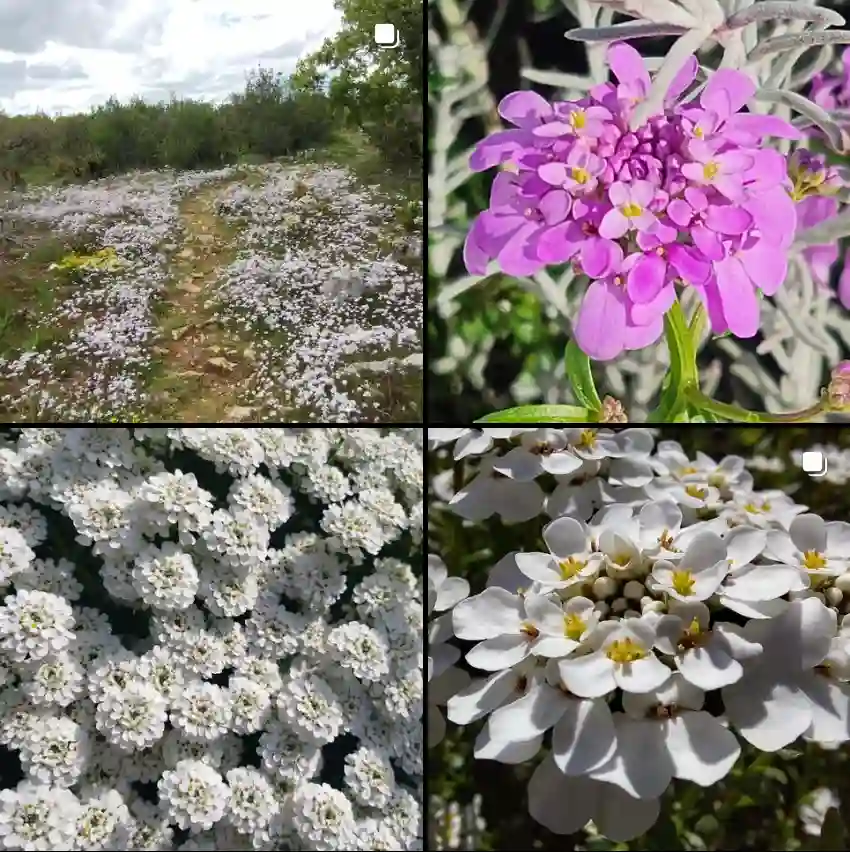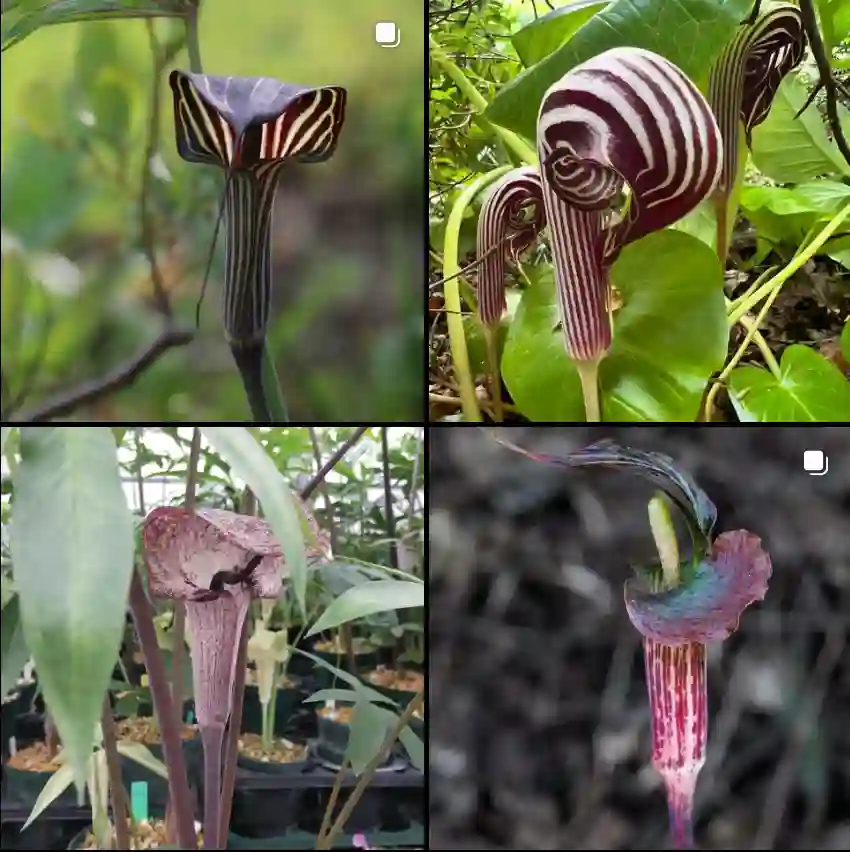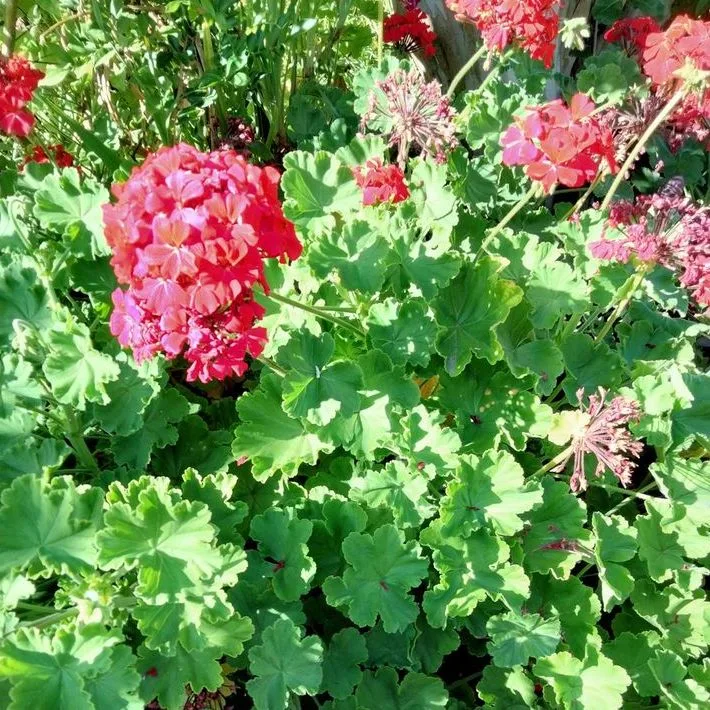
Geogenanthus Poeppigii: The Intriguing Seersucker Plant – FAQs by Ferb Vu
As a plant enthusiast, I’m captivated by the Geogenanthus Poeppigii, also known as the Seersucker Plant. Its captivating striped and ruffled leaves resemble the crinkled fabric, making it a unique addition to any indoor space. But caring for this little wonder can raise questions. Here, I’ll address some of the most common ones to help you cultivate a thriving Geogenanthus Poeppigii.
3 Species in Genus Geogenanthus
What are the ideal growing conditions for Geogenanthus Poeppigii?
Imagine a rainforest floor – that’s the sweet spot for this plant. It thrives in low light, mimicking its natural understory habitat. Direct sunlight can scorch the leaves, so keep it in a shaded spot. Humidity is key – aim for at least 50%. If your home is dry, consider a pebble tray or humidifier.
How often should I water my Geogenanthus Poeppigii?
Unlike some thirsty houseplants, the Geogenanthus Poeppigii prefers consistently moist but not soggy soil. The key is finding the balance. Let the top inch of soil dry slightly between waterings. Avoid overwatering, which can lead to root rot.
What kind of soil is best for Geogenanthus Poeppigii?
A well-draining, airy potting mix is ideal. Aroids or African violet mix work well. You can also create your own by combining perlite, orchid bark, and potting soil for optimal drainage and aeration.
Does Geogenanthus Poeppigii need fertilizer?
While not essential, a balanced fertilizer diluted to half strength can be applied during the growing season (spring and summer) once a month. Avoid over-fertilizing, as it can damage the delicate leaves.
How big does Geogenanthus Poeppigii get?
This petite plant typically grows to a height of 4-6 inches and a spread of 6-8 inches. Its slow growth rate makes it perfect for terrariums or small pots.
Is Geogenanthus Poeppigii toxic to pets?
There is no definitive information on the toxicity of Geogenanthus Poeppigii to pets. It’s generally considered non-toxic, but it’s always best to err on the side of caution and keep it out of reach of curious animals.
Can I propagate Geogenanthus Poeppigii?
Absolutely! Division is the easiest method. During repotting, carefully separate the plantlet clusters at the base and pot them individually in well-draining mix.
What are some common problems with Geogenanthus Poeppigii?
Brown leaves: This can be caused by underwatering, overwatering, or low humidity. Adjust your watering schedule and increase humidity if necessary.
Yellowing leaves: This could be a sign of aging leaves or excessive sunlight. Remove yellowed leaves and provide filtered light.
Pests: Mealybugs and scale can be occasional visitors. Treat them with insecticidal soap or neem oil solution.
Geogenanthus Poeppigii vs. Calathea:
Both Geogenanthus Poeppigii and Calathea are prayer plants known for their decorative foliage. Here’s a quick comparison:
- Light: Geogenanthus prefers lower light, while Calathea tolerates medium light.
- Humidity: Both require high humidity, but Geogenanthus might be slightly more sensitive to dryness.
- Growth rate: Geogenanthus is a slower grower compared to Calathea.
- Leaf texture: Geogenanthus has a more pronounced rippled texture, while Calathea’s leaves can be smooth or textured depending on the variety.
Geogenanthus Poeppigii vs. Cryptanthus:
Cryptanthus, also known as Earth Stars, share similar low-light and humidity needs. However, here are some key differences:
- Foliage: Geogenanthus boasts striped leaves, while Cryptanthus has more solid-colored, often rosette-shaped, foliage.
- Flowering: Cryptanthus produces colorful blooms, while Geogenanthus does not.
- Growth habit: Geogenanthus forms clumps, whereas Cryptanthus grows in a more compact rosette.
In Conclusion
The Geogenanthus Poeppigii offers a unique combination of captivating foliage and manageable size. With proper care, this little wonder can add a touch of rainforest charm to your indoor space. By following these simple tips, you can cultivate a thriving Geogenanthus Poeppigii and enjoy its beauty for years to come. Remember, the key is mimicking its natural rainforest habitat – low light, high humidity, and well-draining soil. With a little love and attention, your Seersucker Plant will surely thrive.
If i die, water my plants!



